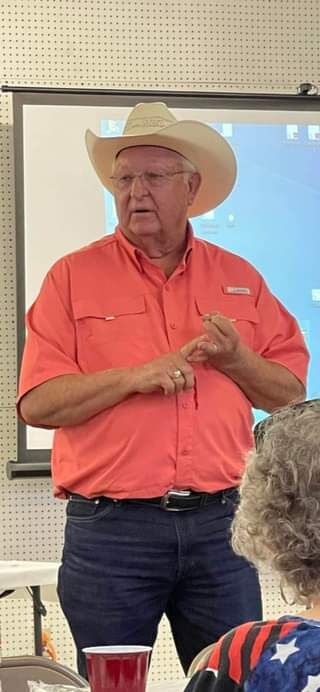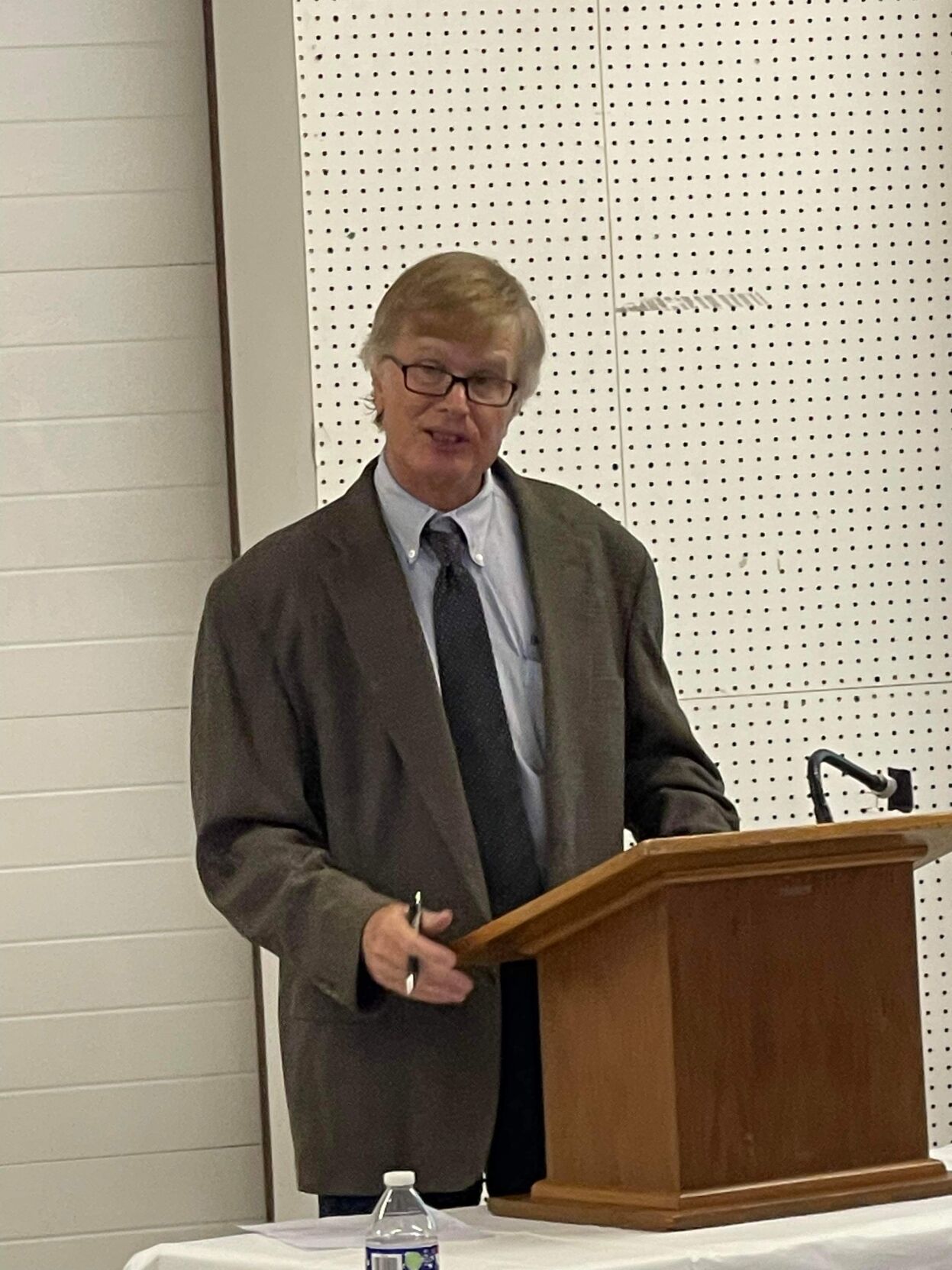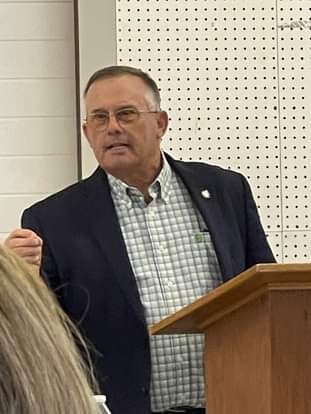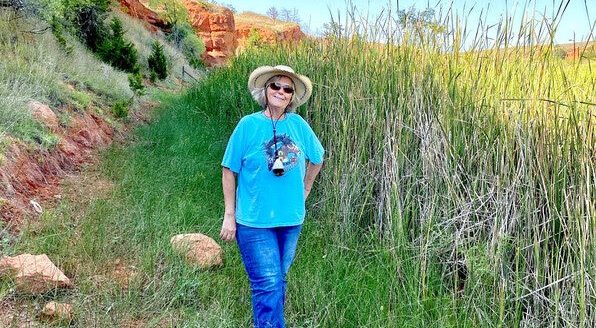Eastern red cedars infestation among topics at Ranch Conversation

A recent Ranch Conversation brought in experts to keep farmers and ranchers informed about programs that can be helpful to them and their communities.
The High Plains Resource Conservation and Development Council’s event attracted more than 70 people to Buffalo, Oklahoma.
Steve Kouplen, the state’s executive director of the U.S. Department of Agriculture’s Farm Service Agency, spoke about the changes producers have seen since he started farming many years ago. Today’s producers can tap into resources to help them whether it is crop insurance or livestock indemnity through USDA. He said those are programs that were not available when he started farming and they can help farmers and ranchers with risk mitigation.

He also championed the importance of working with local FSA employees who can help answer their questions.
Among the topics addressed were ways to leverage federal and state resources to help mitigate and control red cedar infestations.
Clancy Green, district services director for the Oklahoma Conservation Commission, spoke about the Terry Peach North Canadian Watershed program, which is designed to control eastern red cedars that hopes to eradicate the invasive species by targeting 5,000 acres from the Panhandle to Oklahoma City. She said the project will work with landowners and can expand to an additional 5,000 acres.
The state earmarked $3.3 million through the Oklahoma Conservation Commission for the cost-sharing pilot program, according to Oklahoma House Bill 2239. The appropriation includes $600,000 for parallel watershed research study; $1.7 million for prescribed burn education, training, implementation and grants; and $1 million for creation of brush-free zones around communities and infrastructure. The pilot project works with conservation districts, landowners, state and federal agencies, and other political subdivisions and interested partners to protect water supply, grazing lands and wildlife habitat while reducing wildfire risk and show proof of concept for removal impacts.
Green said in 2013 the economic cost of eastern red cedar was pegged at $447 million as a result of loss of livestock including quail coveys, forage and rangeland, and allergies and asthma to humans. She said one estimate has the red cedar continuing to grow and impacting about 34% of acres in Oklahoma. Red cedar infestations are also occurring in higher levels in Texas, Kansas and Nebraska, she said.
Several other speakers, including Tanner Swank, with the Great Plains Grassland Biome Initiative, also touched on the importance of controlling the eastern red cedar before the infestations are visible. During a question-and-answer session, one comment made was that red cedar byproducts, such as chips, were popular for landscaping purposes for landowners and government entities.

The first Ranch Conversation occurred in 1998 when concern was expressed about the possibility of the lesser prairie-chicken being listed under the Endangered Species Act might impact farmers and ranchers.
Kenny Knowles, an Arnett landowner, said the spirit of cooperation and stewardship was necessary to preserve the bird’s habitat then and today. He believes that Washington-led mandates are counter-productive. Knowles said, it was important to be pro-active, which meant not waiting to see wildlife disappear from the landscape before taking action.
Other speakers touched on other resources available. Brandy Pletz-Jones, who oversees 19 field offices with NRCS, said her agency is now starting to see additional monies coming in from the bipartisan Inflation Reduction Act, approved in 2022, and that will help with meaningful projects and assist more producers.
Other presenters included Abby Rakestraw with USDA’s Risk Management Agency; Corey Moffet, a range specialist with USDA’s Agricultural Research Service; and Shelley Bookout, a community loans program loan specialist with USDA Rural Development.

State Rep. Kenton Patzkowsky, Balko, Oklahoma, told farmers and ranchers to use programs that can help them, and he encouraged them to tell their family’s story to urban consumers.
Peyton Burns, the northwest Oklahoma field representative for U.S. Sen. James Lankford, praised farmers and rural communities and if they have concerns to reach out to him or to the senator’s field offices in Oklahoma City or Tulsa.
High Plains RC&D is a non-profit corporation that serves a federal authorized region that includes Beaver, Cimarron, Dewey, Ellis, Harper, Texas, Woods and Woodward counties in Oklahoma.
Dave Bergmeier can be reached at 620-227-1822 or [email protected].


